Featured in this section
Stewart Brand
Mauro Bubbico
Gianluca Ciancaglini with Alessandro Latela
Riccardo Dalisi
Charles and Ray Eames
Danilo Fürst
Oton JUgovec
Enzo Mari
Bruno Munari
Marjan Mušič
Francesca Pellicciari
Marjetica Potrč
Bernard Rudofsky
Adam Štěch
Jane Withers Studio
1
Mushroom Hat
19th century
Fungus
Lender: Ethnographic Museum Ljubljana
This leather-like labourer’s hat is carved from a polypore bracket fungus found on a birch tree, once common throughout Central and Eastern Europe. Modern science is only just beginning to understand the complex role fungi play in natural ecosystems and explore their potential for new material applications.
Courtesy of Ethnographic Museum Ljubljana; Image: Blaž Verbič
2
Banana Leaf
Ray and Charles Eames
1972
Duration: 1:32
Charles and Ray Eames’s parable of the banana leaf shows how, although simple, the banana leaf is perfectly suited as a dish for eating from without a designer’s intervention. In a time of limited resources, simple and effective natural objects can be the most modern solution of all.
© Eames Office, LLC
3
ANCIENT DESIGN FUTURES: TERRACOTTA
Jane Withers Studio
Film directed by The Standard Images Co.
Commissioned by The British Council
2019
Duration: 04:48
Focusing on the resurgence of interest in terracotta, this film explores how traditional technologies, materials and practices are inspiring contemporary designers. Delhi-based Ant Studio takes inspiration from traditional methods of evaporative cooling to develop passive alternatives to air conditioning.
3
4
ARCHITECTURE WITHOUT
ARCHITECTS: A SHORT INTRODUCTION TO NON-PEDIGREED ARCHITECTURE BERNARD RUDOFSKY
Publisher: The Museum of Modern Art, New York
1964
The catalogue for an exhibition held at MoMA, New York in 1964, Rudofsky’s presentation of vernacular architectures brought buildings and techniques then disregarded by many to the attention of the architectural mainstream, in stark contrast to the prevailing modernist style.
5
OUTSIDER, INSIDER
A group of works inspired by vernacular culture by 20th and 21st Century Italian designers selected by Marco Sammicheli, Triennale Milano
Key figures in 20th century Italian design broke with convention by working with overlooked local, working-class cultures rather than industrial processes. One example is designer Ricardo Dalisi who collaborated with Neapolitan tinsmiths to produce a series of 200 prototype coffee pots, 3 of which are included in the exhibition.
Caffettiera con stelle e cuore by Ricardo Dalisi for Alessi. Image courtesy of Museo Alessi
6
THE BASKET WEAVER WEAVES DIFFERENCE FROM THE EARTH DRAWINGS SERIES
Marjetica Potrč
2016
Drawing in ink on paper and fibre basket
This drawing evoking the figure of the Weaver is one of a series of diagrams describing the relationships and interconnectedness between places and ideas. The work emphasises the importance of knowledge exchange between indigenous communities and Western theorists and scientists.
Photograph by Carl Henrik Tillberg, Stockholm. Courtesy of the artist and Galerie Nordenhake, Berlin/Stockholm/Mexico City
7
Lo–TEK. Design by Radical Indigenism
Julia Watson
Taschen, 2019
This recent book highlights the enormous potential of building on indigenous philosophy and vernacular infrastructure to generate nature-based technology for climate-resilience. Watson’s work has been influential in illuminating the value of indigenous cultures and traditions for the contemporary world.
8
When International Style Went Local:
Vernacular Modernism in Slovenia and Croatia
Adam Štěch for BIO27
2022
This BIO27 photographic commission documents how modernist architecture across Slovenia and Croatia combined rationalist principles of International Style with local conditions, including historical context, climate, political situations and building traditions.
Dobrava Floating Roof, Oton Jugovec, 1970. Photographed by Adam Štěch. 2022
Exhibition Section
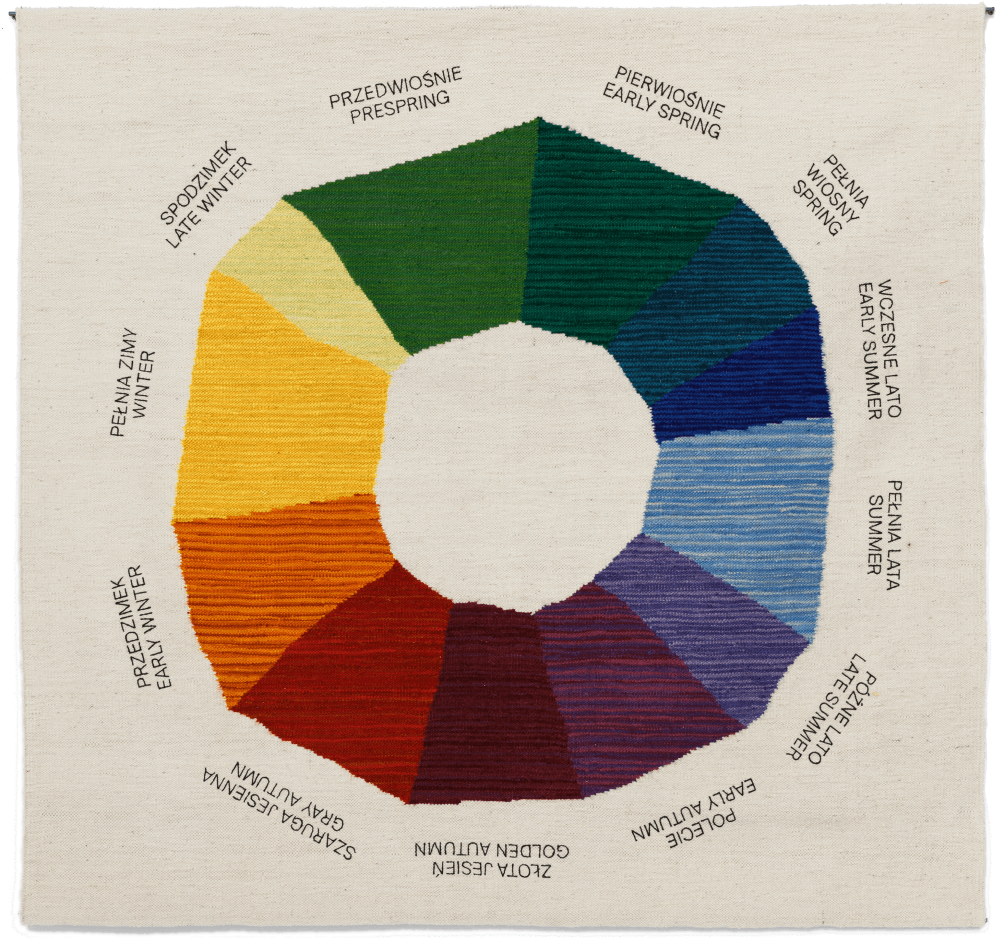
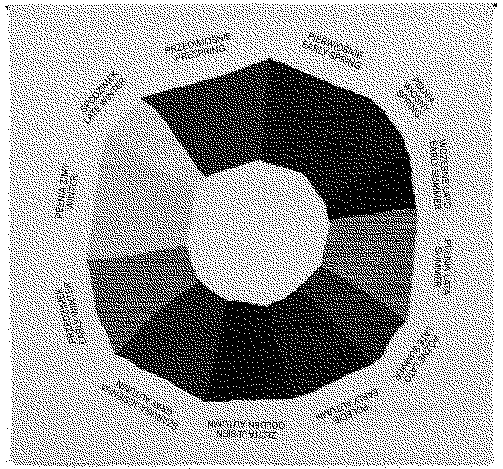
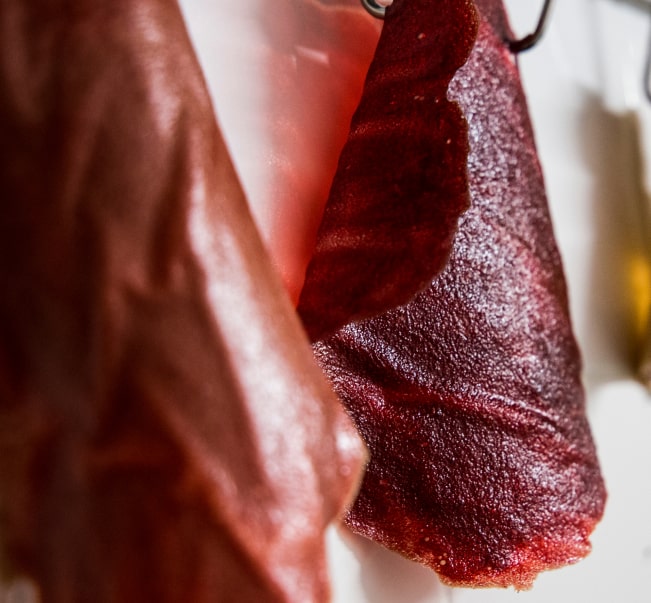
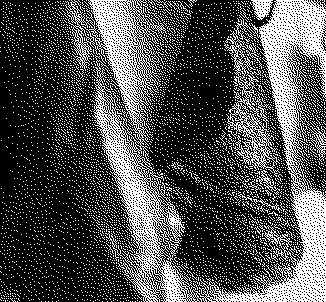
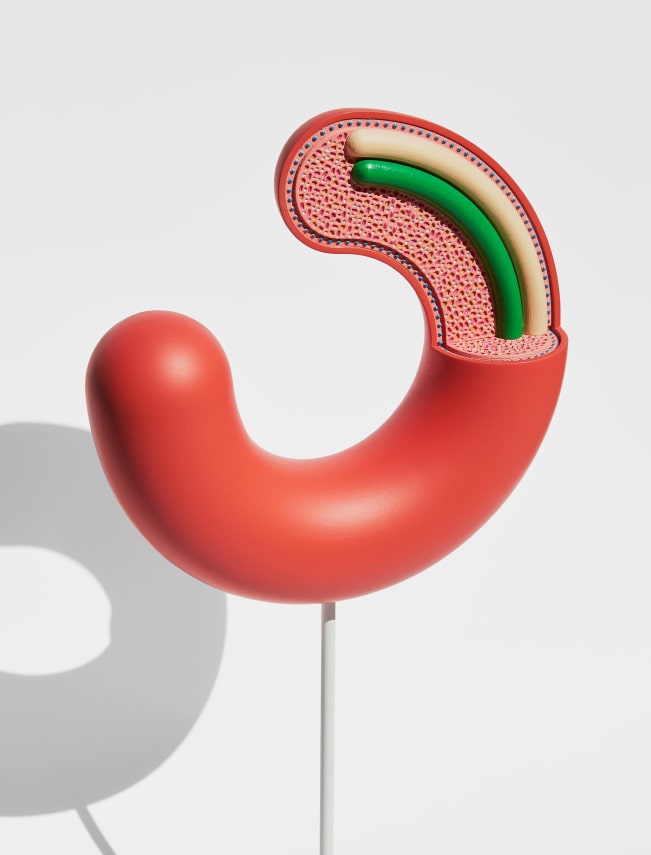
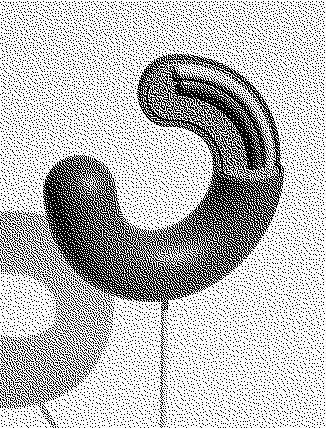
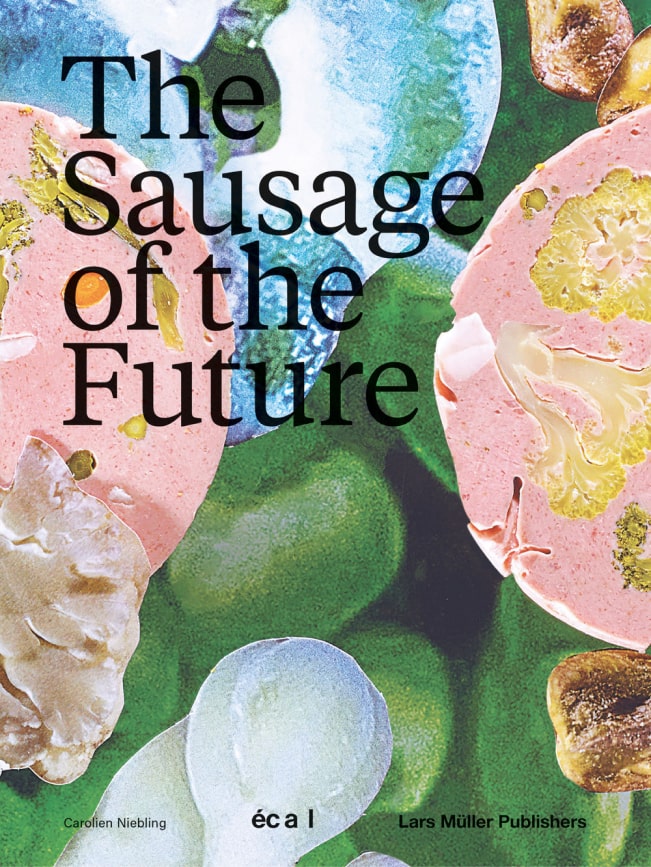
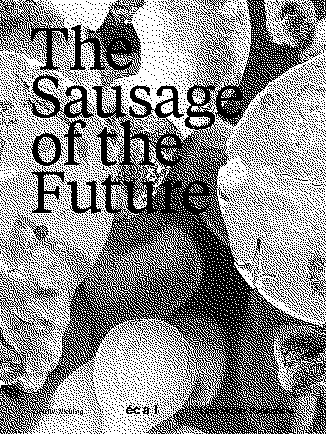
Designs that subvert, reimagine and adapt traditional ideas and deep-rooted practices to address contemporary needs and challenges.
Exhibition Section
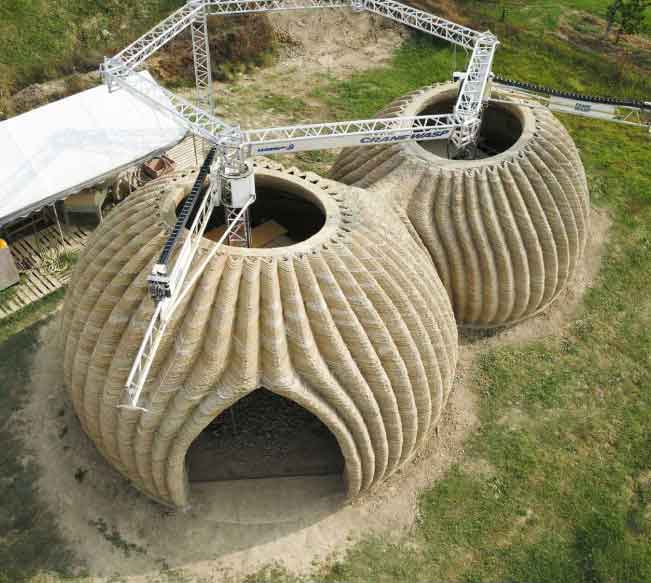
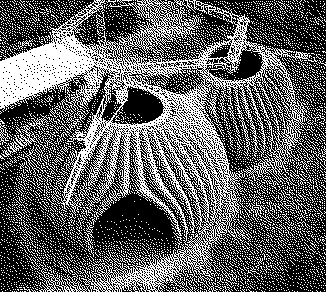
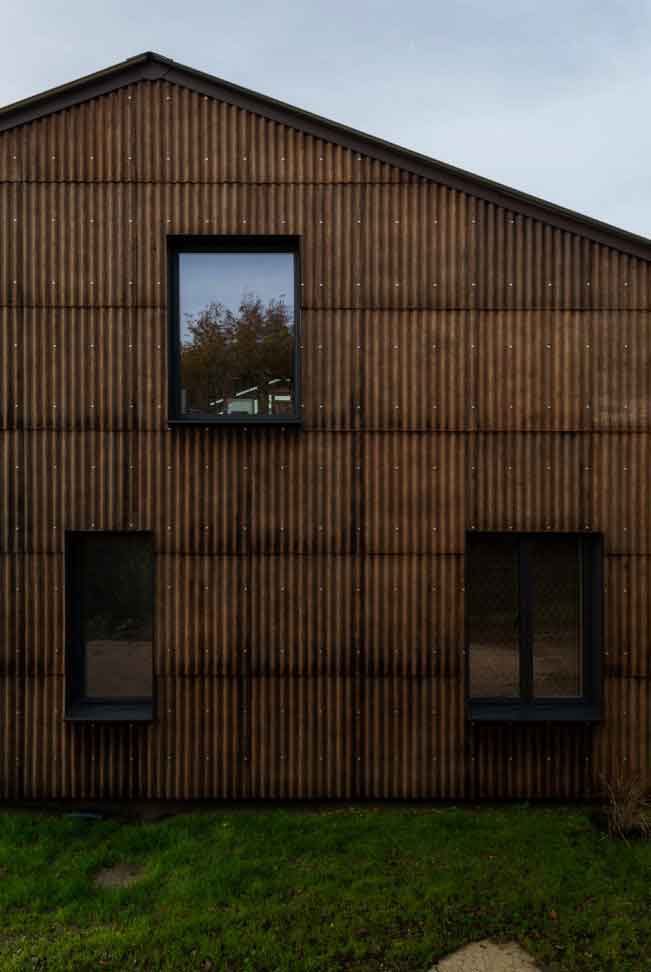
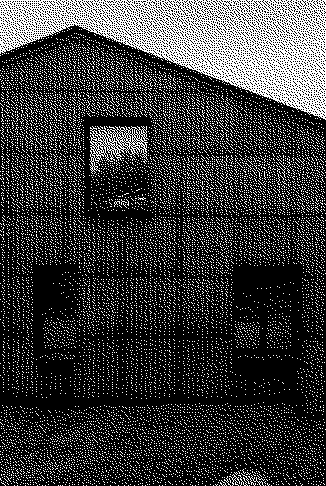

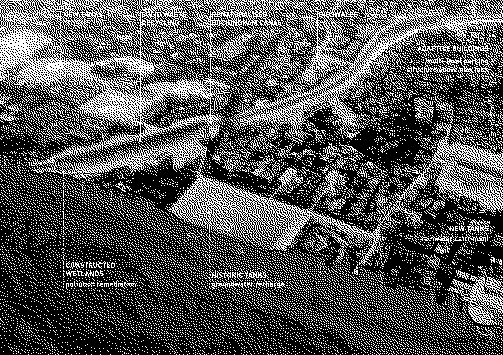
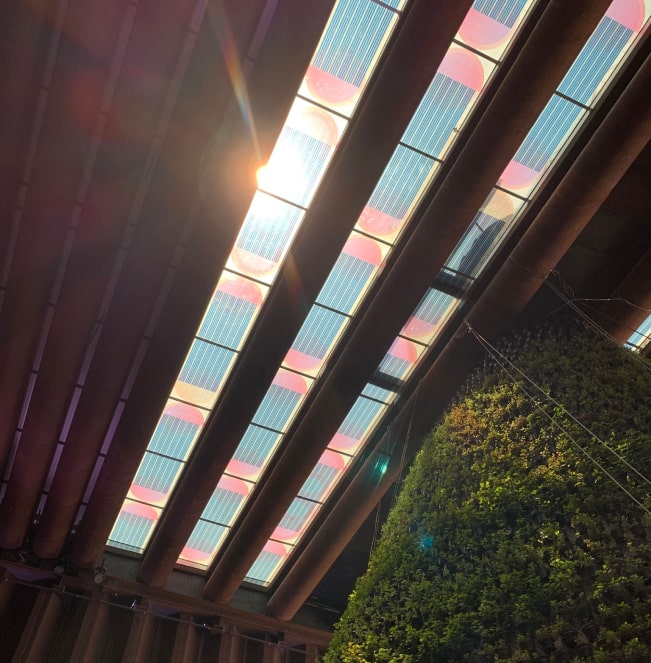
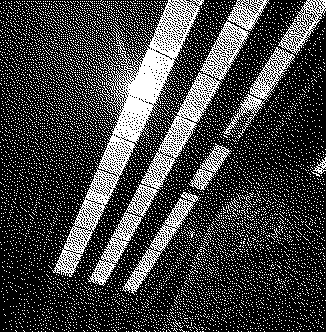
Approaches foregrounding regenerative systems and enabling ways of living that establish a reciprocal relationship with the environment.
Exhibition Section
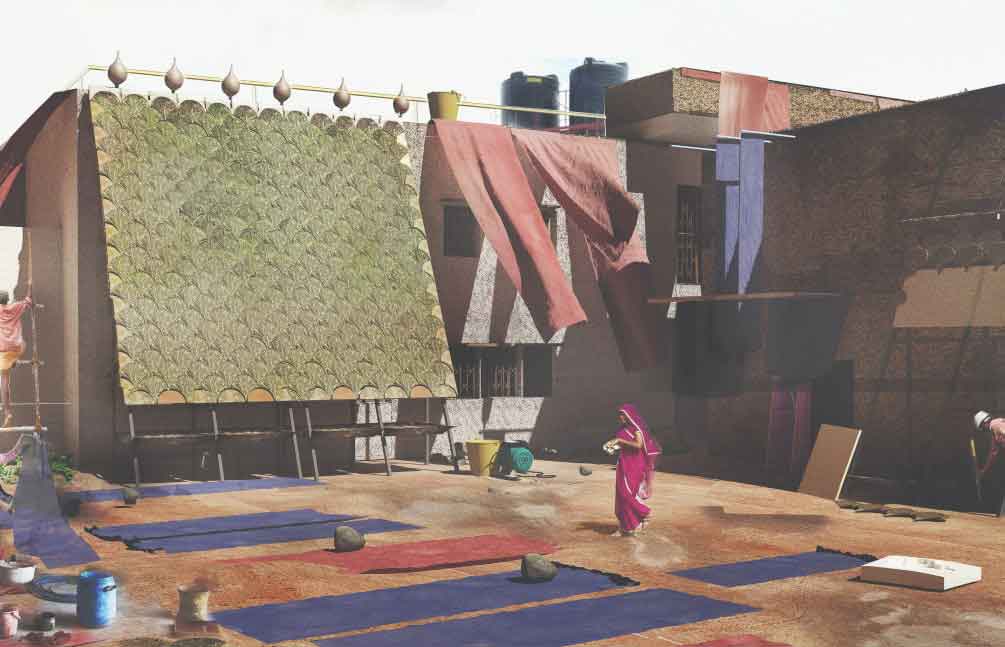
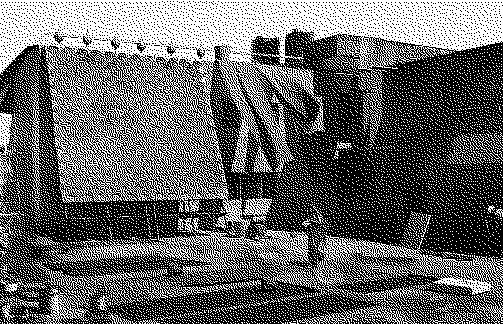

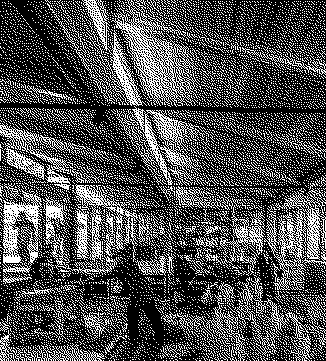

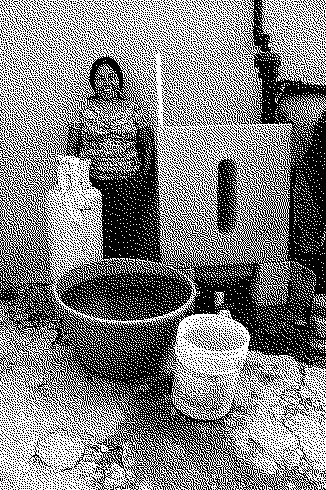
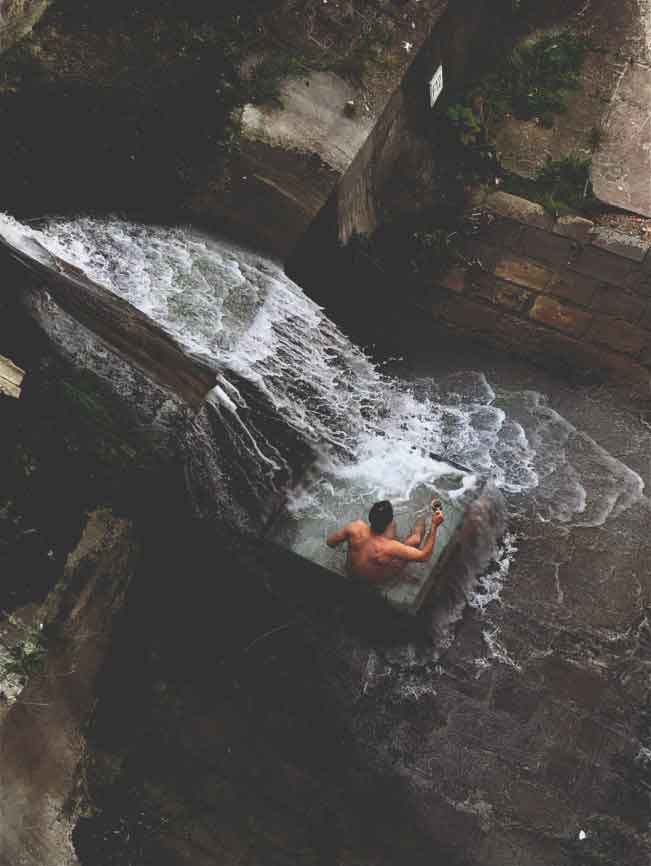
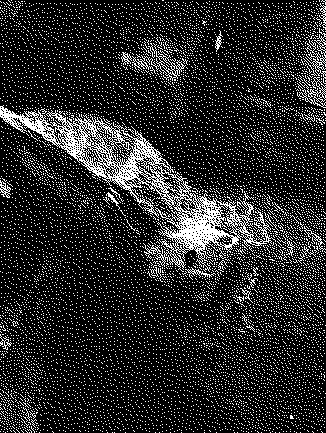
Projects that put people and communities at the heart of design thinking, fostering equity, social justice and supporting local communities.